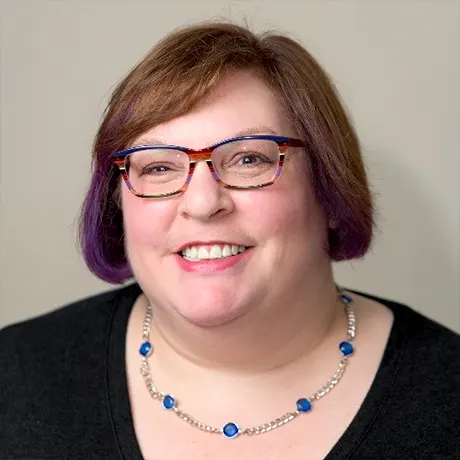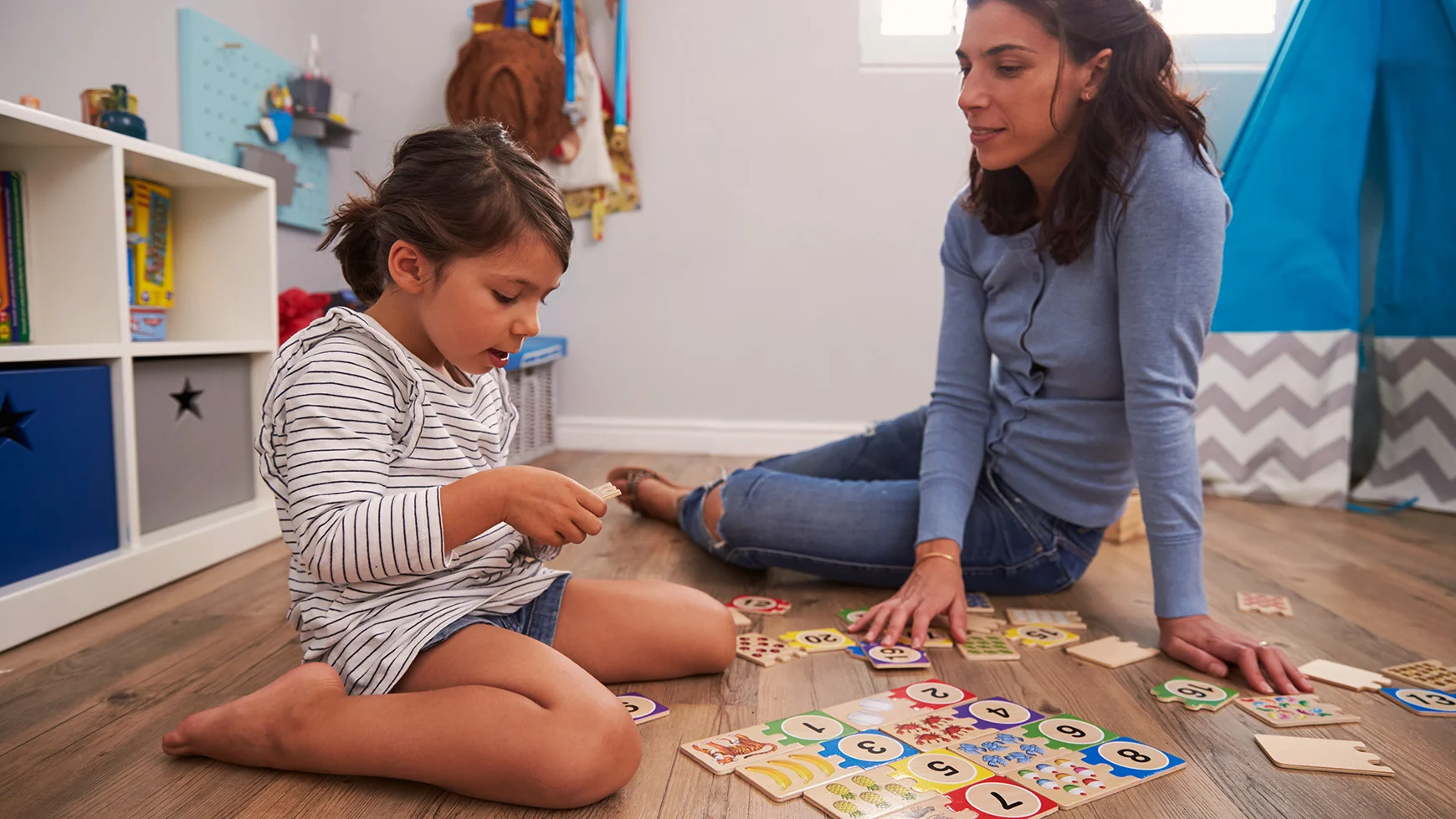Classroom accommodations for dyscalculia
Dyscalculia can make it hard to understand math concepts or do tasks that involve math. Explore this list of accommodations that can help. Download and print the list to use at school — and even at home.

Students who have dyscalculia, a specific learning disability in math, can struggle with both simple and complex math topics. can help students work around their challenges.
Here are some common accommodations teachers can use to support students with dyscalculia. You can also download and print a list of these accommodations.
Classroom accommodations for dyscalculiaPDF - 151.8 KB
Introducing new concepts and lessons
Review what the student already learned before teaching new skills.
Teach students to “self-talk” through solving problems.
Use attention-getting phrases like, “This is important to know because….”
Connect math to real life with concrete examples.
Demonstrate using manipulatives like coins, blocks, and puzzles. Try virtual manipulatives for higher grade levels.
Model how to do the task. Provide a visual example that the student can refer back to during practice.
Check in frequently to make sure the student understands the work.
Giving instructions
Give a rubric that describes the elements of the assignment.
Give the student a list of the math formulas, math facts, or tables.
Create separate worksheets for word problems and number problems.
Break down worksheets into sections.
Give more space to write problems and solutions.
Highlight or circle key words and numbers on word problems.
Give step-by-step instructions and have the student repeat them.
Provide checklists for common multi-step procedures.
Break down large assignments into smaller, more manageable parts.
Give extended time on lengthy assignments or projects.
Completing assignments
Offer graphic organizers to organize information or help break down math problems into steps.
Offer graph paper to help line up numbers and problems.
Show the student how to focus on one problem by covering the others with a piece of paper.
Let the student use visual aids or manipulatives when solving problems.
Let the student write out charts or draw sketches to solve problems.
Allow a calculator when computation is not the focus of the lesson.
Limit the amount of information needed to transfer to paper by including tables, graphs, or number lines on the worksheet.
Provide checkpoints on large assignments to offer feedback.
Completing tests
Allow extra time for assessments.
Provide a quiet room with limited distractions for taking tests.
Provide a calculator when not evaluating computation.
Limit the number of problems on one page.
Give plenty of space to solve each problem.
More resources
Do you have a student who you think has dyscalculia? Explore a day in the life of a child with dyscalculia.
Do you think your child needs extra support in math? Explore questions to ask about math instruction.




